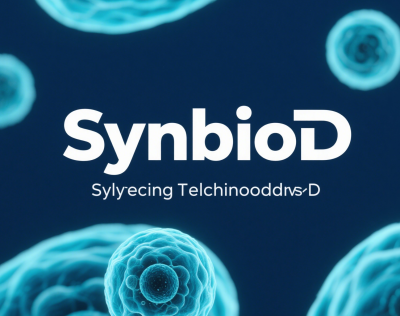
Decoding “SynBio D”: Potential Interpretations and Contextual Analysis
The term “SynBio D” is not a standardized or widely recognized phrase in the field of synthetic biology (SynBio). Based on existing literature and industry practices, it may imply the following interpretations, requiring multidimensional analysis of context and technical frameworks:
I. Possible Term Variations or Abbreviation Expansions
- SynBio-DNA:
- DNA Synthesis and Reconstruction: A core tool in synthetic biology, involving chemical synthesis or gene-editing technologies (e.g., CRISPR) to design artificial DNA sequences for engineering biological systems.
- Example: Companies using DNA printers to produce custom genes for microbial drug synthesis.
- DNA Computing and Storage: Leveraging DNA molecules as information carriers for biocomputing or high-density data storage.
- Example: DNA-encoded algorithms solving complex computational problems; DNA storage for energy-efficient data preservation.
- SynBio-Design:
- Rational Design Principles: Engineering-driven approaches, including modular design (e.g., BioBricks), standardized parts libraries, and computational tools (e.g., AI algorithms).
- Example: MIT’s BioBrick standard enabling “plug-and-play” genetic component assembly.
- Dynamic Design: Real-time responsive biological systems via genetic circuits (e.g., light-controlled metabolic pathways).
- SynBio-Directed Evolution:
- Directed Evolution: Optimizing enzyme activity or metabolic pathways under artificial selection pressure for drug development or industrial catalysis.
- Example: Mutant library screening to enhance biofuel production efficiency.
- SynBio-Drug Discovery:
- Drug Development: Accelerating novel drug discovery (e.g., antibodies, antibiotics) through engineered organisms.
- Example: Artemisinin production in yeast; CRISPR-based targeted therapies.
II. Versioning or Subfield Categorization
- SynBio 2.0:
- Next-Generation SynBio: Focuses on full lifecycle cell management (growth, differentiation, death) and sustainable design.
- Example: Maxwell Discriminator (MxDs) proteins stabilizing synthetic constructs.
- System-Level Integration: Transitioning from single-gene editing to whole-genome reconstruction (e.g., JCVI-syn3.0 artificial microbes).
- SynBio-Digital:
- Digital Integration: Combining AI, machine learning, and bioinformatics for high-throughput biological system design.
- Example: AI-driven protein folding prediction.
- Cyber-Physical Systems: IoT-enabled bioreactor monitoring for industrial fermentation optimization.
III. Industry or Project-Specific Terminology
- Corporate or Research Program Codes:
- “D” may denote internal project identifiers, such as:
- Development Phase: Labeling R&D pipelines for SynBio products.
- Platform Focus: DNA synthesis platforms or data management systems.
- Technical Taxonomy Labels:
- Biosafety Level D: Regulations for high-risk synthetic organism research.
- D-Type Metabolic Engineering: Pathway designs targeting specific substrates (e.g., D-amino acids).
IV. Potential Typos or Conceptual Ambiguity
- Typographical Errors:
- Possible misspellings of related terms:
- SynBio-C: Biology-chemistry integration.
- SynBio-BD: BioDesign methodologies.
- Conceptual Misinterpretation:
- Confusion with unrelated terms:
- SynBio-DIY: Citizen science or biohacking movements.
- SynBio-DB: Databases like the BioBrick Public Registry.
Summary and Recommendations
“SynBio D” lacks a universal definition but may refer to subfields, project codes, or term variants. For precise interpretation, contextual details are critical:
- Application Scope: Drug development, DNA tech, or digital tools?
- Technical Focus: Design principles, directed evolution, or system integration?
- Industry Context: Links to specific companies, institutions, or policies.
Clarification requires additional context (e.g., technical documents, project names).
If you are interested in purchasing this domain, please contact: chuanchuan810@gmail.com





